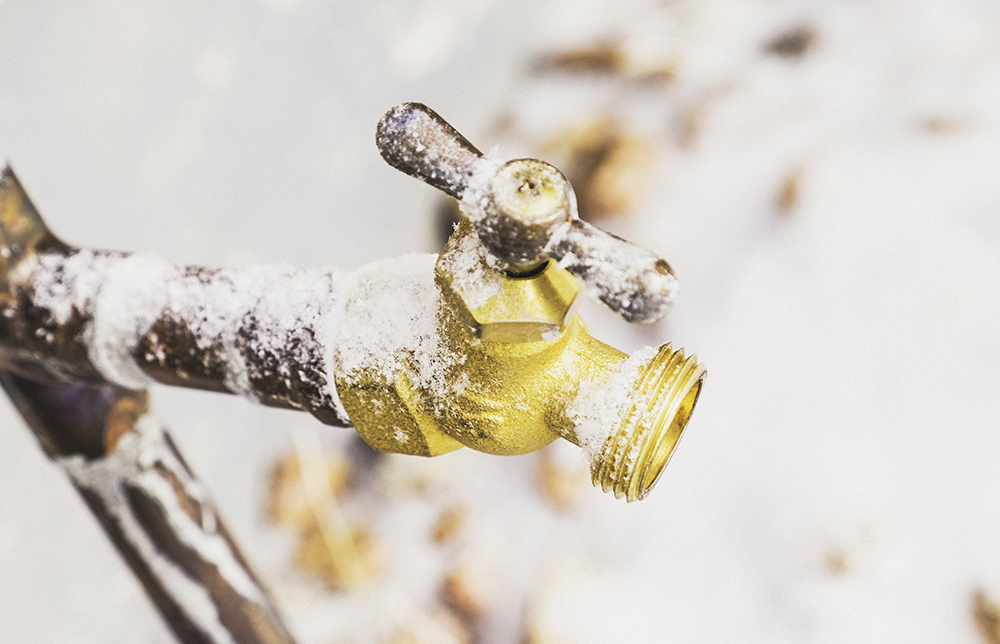We're open. Walk-ins are welcome! Appointments are suggested.

7 Simple Steps to Prepare Your Pipes for Winter
November 23, 2020
While the winter season brings a flurry of wonderful things, freezing pipes is not one of them. No one has cracked pipes or water damage on their holiday wish list, yet too many people don’t take the steps to avoid a potential disaster. So before the cold strikes, follow these seven simple steps to prepare your pipes for winter and ensure the only thing overflowing this season is the eggnog.
- Have Your Plumbing Inspected
First things first, get your pipes checked! Anything we tell you after this first tip probably won’t help if your pipes are already very weak or damaged. With the increased pressure of freezing temperatures and heavy ice, your pipes are really put to the test, so before you do anything else, give your plumbing experts (like the Madsen Inc. team) a call. - Shut Off Outdoor Faucets
Shutting off your outdoors faucets is too often an overlooked necessity when it comes to winterizing your pipes. Turn these faucets off at their shutoff valves and open the bleeder cap to drain any water from the pipe to prevent it from sitting in your system. If you don’t, it’s much more likely to freeze and expand, cracking your pipes and causing long term damage. - Disconnect Your Hoses
If your hose is filled with water and left out in the cold, it will certainly freeze. And if it’s still connected to the faucet, it can become clogged with ice build-up, creating pressure that leads to pipe damage inside the home. Make sure your hoses are safely stored away for winter! - Cover Hose Bibs
Hose bibs are usually left unattended, which can cause them to burst as temps really drop overnight. Using an insulated hose bib cover will prevent heat loss and protect your outdoor faucets. They cost very little, and the damage they can prevent would cost you A LOT more. - Insulate Your Pipes
If water pipes run through an unheated part of your home—such as an attic, garage, or crawl space—installing a heat cable on vulnerable pipes and adding an insulating material like foam will help keep your pipes nice and warm. The heat cable is key to sensing pop temperature and turning on the heat as needed, while the foam insulation will ensure the warm air stays in. Simply run the cable over your pipe and wrap your insulator around it. - Use Your Water Often
A simple way to keep your pipes from freezing is to use your water on a regular basis. Even letting your faucet trickle a bit during a cold snap will help prevent freezing by relieving pressure that has built up in cold pipes. That’s because when you use your water, there is flow and stress relief in your pipes, which prevents cracking. What you may add to your water bill, you’ll totally make up for in not having a repair bill. - Seal Cracks and Gaps
Sealing gaps in doors and windows will quickly work to prevent excess cold air from reaching vulnerable pipes. A simple application of spray foam or caulk will keep air from sneaking in through cable holes, as well as any doors and window frame gaps throughout your home.
At Madsen Inc, we know the importance of pipe maintenance, but we also know it’s often the last thing on your mind, so to have your pipes inspected or for more information on winterizing your home, contact us today.


